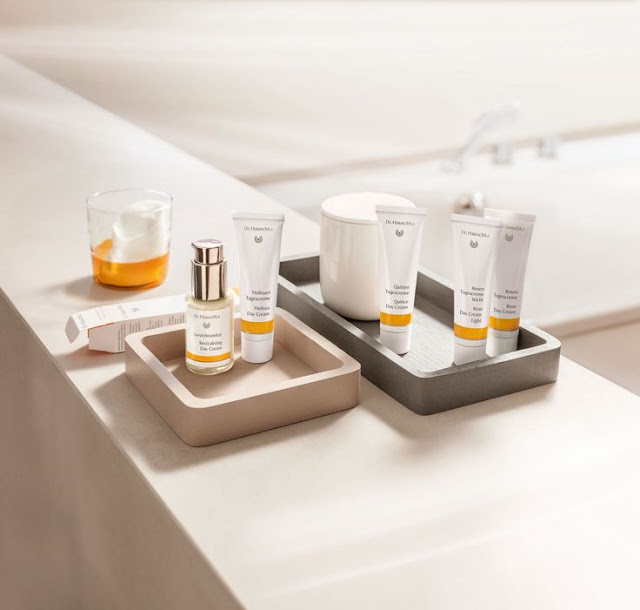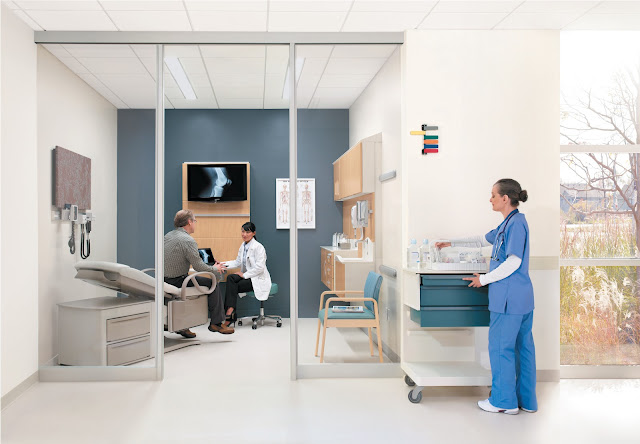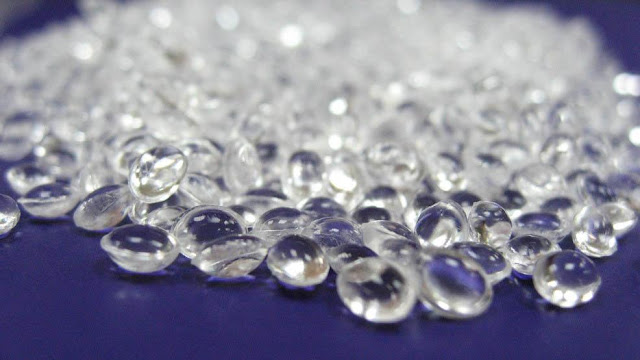Australia Skincare Products Market Estimated To Witness High Growth Owing To Increased Skin Cancer Incidences
Australia Skincare Products Market
The Australia Skincare Products Market is estimated to be valued at Us$ 2,233.4 Mn in 2022 and is expected to exhibit a CAGR Of 4.7% over the forecast period 2023-2030, as highlighted in a new report published by Coherent Market Insights.
Market Overview:
Skincare products in Australia include facial cleansers, toners, day creams, night creams, eye creams, face masks, anti-aging creams, sun protection creams, acne treatments, skin hydration products and many more. Australia has a hot climate and is exposed to strong UV rays, which increases the risk of sunburn, tanning and skin cancer. The need for daily skincare routines involving sun protection, hydration and anti-aging products is high.
Market key trends:
One of the key trends driving growth in the Australia skincare products market is the rising incidence of skin cancer. Australia has the highest rates of skin cancer in the world. According to Cancer Council Australia, two in three Australians are diagnosed with skin cancer by the age of 70. Protection against sun damage and early detection & treatment of skin cancer is a significant concern. As a result, demand for sun protection products including face masks, sunscreens and hydrating creams with SPF is increasing rapidly. Manufacturers are also introducing more broad-spectrum and reef-safe sunscreens to promote sustainable skincare routines. This is expected to boost market revenues over the forecast period.
Porter’s Analysis:
Threat of new entrants: High capital requirements and economies of scale pose as entry barriers for new players. However, the presence of large established brands also pose a threat.
Bargaining power of buyers: Buyers have significant bargaining power due to the availability of numerous substitutes and brands offering similar benefits. This allows buyers to negotiate for better prices and demand quality products.
Bargaining power of suppliers: Suppliers have moderate bargaining power as raw material suppliers are concentrated and require large-scale production to offer competitive prices.
Threat of new substitutes: Substitutes are widely available and new product innovations constantly pose a threat. Formulations like serum, gel and creams can replace traditional products.
Competitive rivalry: High intensity due to established brands dominating the market and continually investing in new product development and brand promotions.
SWOT Analysis:
Strengths: Strong brand recognition, loyal customer base, diverse product portfolio allowing cross-selling.
Weaknesses: High competitive pressure, vulnerable to changing customer preferences, rising input costs.
Opportunities: Untapped rural markets, growing middle-class driving premiumization, skin-health trend unlocking potential in anti-aging segment.
Threats: Stringent regulations, increasing eco-conscious consumers, growing online distribution affecting profit margins.
Key Takeaways:
The Australia Skincare Products Market size is expected to reach US$ 2,233.4 Mn by 2030, expanding at a CAGR of 4.7% during the forecast period, driven by rising awareness about appearance and beauty consciousness. Growing health & wellness culture and high pollution levels have increased demand for efficient skincare formulations.
Regionally, New South Wales dominates with over 25% share led by the presence of leading players and urban population. Growth will be fastest in Queensland and Western Australia backed by tourism expansion and population surge.
Key players in the Australia skincare products market are Beiersdorf AG, L'Oréal SA, Procter & Gamble, Unilever, Bioderma Laboratories, Clarins Group, Dermalume Skincare, Johnson & Johnson Inc., Estee Lauder Inc., Miranda Kerr Pty Ltd (Kora Organics), Jurlique International Pty Ltd, and Natio. They focus on product differentiation, new launches and regional expansion to consolidate their positions.




Comments
Post a Comment